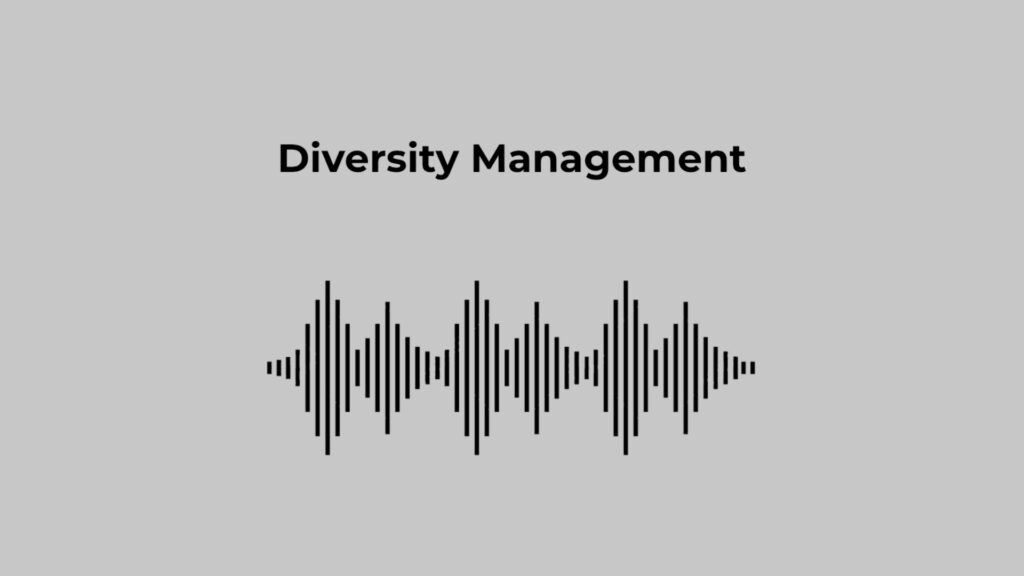Why Is It Important For Business Leaders?
If business leaders unlock the mechanism of managing a diverse team efficiently, the output and performance will be good for the business. Having diverse teams will generate more output than a monoculture organisation. This is already statistically proven by many researchers. One of the biggest benefits of a diverse team is the diverse input that it generates for a diverse customer base. It becomes easier to understand and solve varied customer needs. Secondly, a diverse structure of a team allows the team to function seamlessly and help unlock their potential. The diverse strengths of each team member complement the strengths and weaknesses within the team and fill the gaps. This results in a bigger output.
Why Is It Difficult To Manage Diverse Teams?
Diverse teams are very beneficial for the success of the organisation but leaders can testify that it’s not an easy task to manage diversity and use it for the best. This is because of different dimensions of common sense. Your common sense may not be aligned with another team member’s common sense. There may be many viewpoints to one problem and not everyone understands the viewpoints of the other. For teamwork to come to fruition, every member of the team must reach a common ground, a common solution to the problem at hand. Sometimes, due to this diversity and clash of ideas, there is a possibility of conflicts appearing. But I’m still a believer that we need diversity in our teams to be innovative, to serve better, and to make a better output.
For teamwork to come to fruition, every member of the team must reach a common ground, a common solution to the problem at hand
MIHOKO KObAYASHI
How Does One Manage Diverse Teams?
I’d like to introduce the SARA model which is effective in diversity management. The SARA model focuses on four characteristics, it is a cognitive model based on human behaviour.
The S represents shock. When we face a new challenge or a change, our first reaction is shocking. We begin to question the unfamiliar in a state of shock as we were not expecting it.
The A represents anger. We are unhappy with the new situation and it stimulates anger in us. Each person reasons as per their common sense, common belief, and common way of conduct. The change provokes anger.
The R represents resistance. When we are unhappy with the way things have become, we get angry and have the tendency to resist the new change. We expect others to behave as per our standard of behaviour and common sense and therefore resist the new ways.
The A represents acceptance. The next step after resistance is acceptance. If you are stuck at resistance, you cannot manage the diversity, it will only give rise to conflict. But if you decide to accept different viewpoints or solutions to the problem, you will learn something new. It will resolve the conflict and teach you to be productive with new skills and new approaches.
Acknowledging this SARA model as part of human life and making sure you go to acceptance from resistance will help you manage the diversity in a team and will help you lead better for better output.
My Experience With Diversity In My Team
I was stationed in India for 3 years during the course of my career. During this period, I once had to organise a customer event. It was a collaboration with an Indian local agency. We as Japanese have the tendency to plan meticulously and foresee the potential risks and prepare for everything. I was part of the Japanese team and we prepared for the event with the Indian agency and chalked out an agenda in detail. After this point, we were looking forward to seeing everything move just as the final plan. However, when the execution began for the preparation of the event, we noticed that things were not going as per the decided plan. First, we were in a state of shock. Immediately I experienced a surge of anger in me. I was in a state of resistance toward the change. I confronted them and put a lot of pressure on them, almost blaming them. Then the leader of the Indian local agency convinced us and assured us of the output. He asked us to trust them as a team and allow them to handle it their way.
We finally agreed and began to observe their way of working. I realised that their approach is different and they were adapting as per the situation at the time of the event for factors like capacity, weather, traffic, people’s energy. In the end, they achieved what was agreed upon by both parties as a goal. It opened my understanding regarding a new approach and helped me to accept the diversity, helped us as a team to achieve the goal and also to maintain a good relationship.


